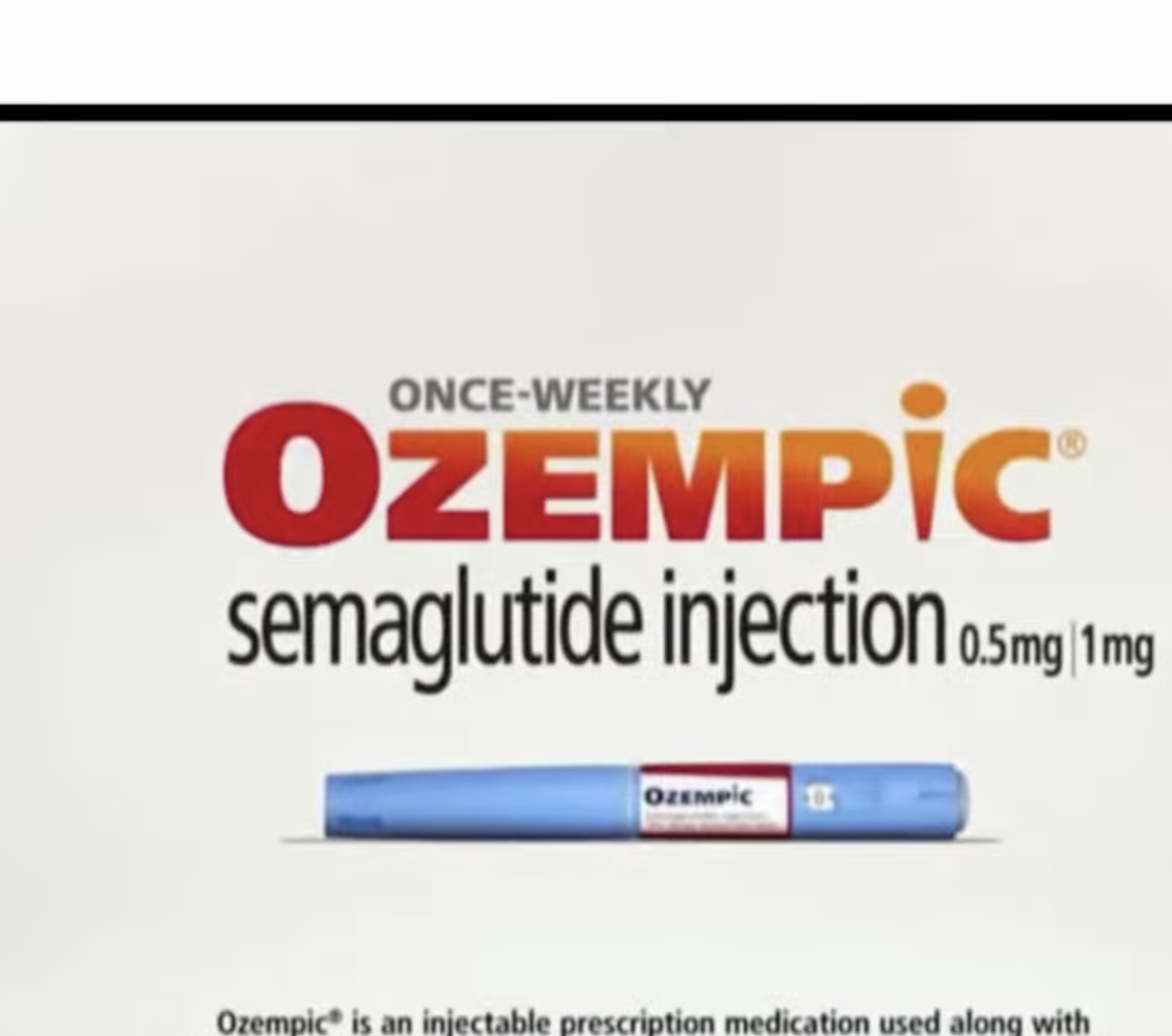ARS TECHNICA – Some new drugs sell themselves with impressive safety and efficacy data. For others, well, there are television commercials.
According to a new study, a little over 70 percent of prescription drugs advertised on television were rated as “low therapeutic value,” meaning they offer little benefit compared with drugs already on the market.
The study, appearing in JAMA Open Network, aligns with longstanding skepticism that heavily promoted drugs have high therapeutic value.
The authors, which include researchers at Harvard, Yale, and Dartmouth, said:
“One explanation might be that drugs with substantial therapeutic value are likely to be recognized and prescribed without advertising, so manufacturers have greater incentive to promote drugs of lesser value.”
The US is one of only two countries that allow direct-to-consumer (DTC) drug advertisements, such as TV commercials. (The other is New Zealand.) Physicians, medical associations, and consumer advocates have long railed against the unusual practice.
In 2006, consumer advocacy group Public Citizen summarized DTC advertising as “nothing less than an end-run around the doctor-patient relationship—an attempt to turn patients into the agents of pharmaceutical companies as they pressure physicians for medications they may not need.”
In 2015, the American Medical Association called for an all-out ban on DTC ads for prescription drugs and medical devices. AMA members said the ads were “driving demand for expensive treatments despite the clinical effectiveness of less costly alternatives.”
But DTC drug ads have continued, fueled by billions of dollars from the pharmaceutical industry …



